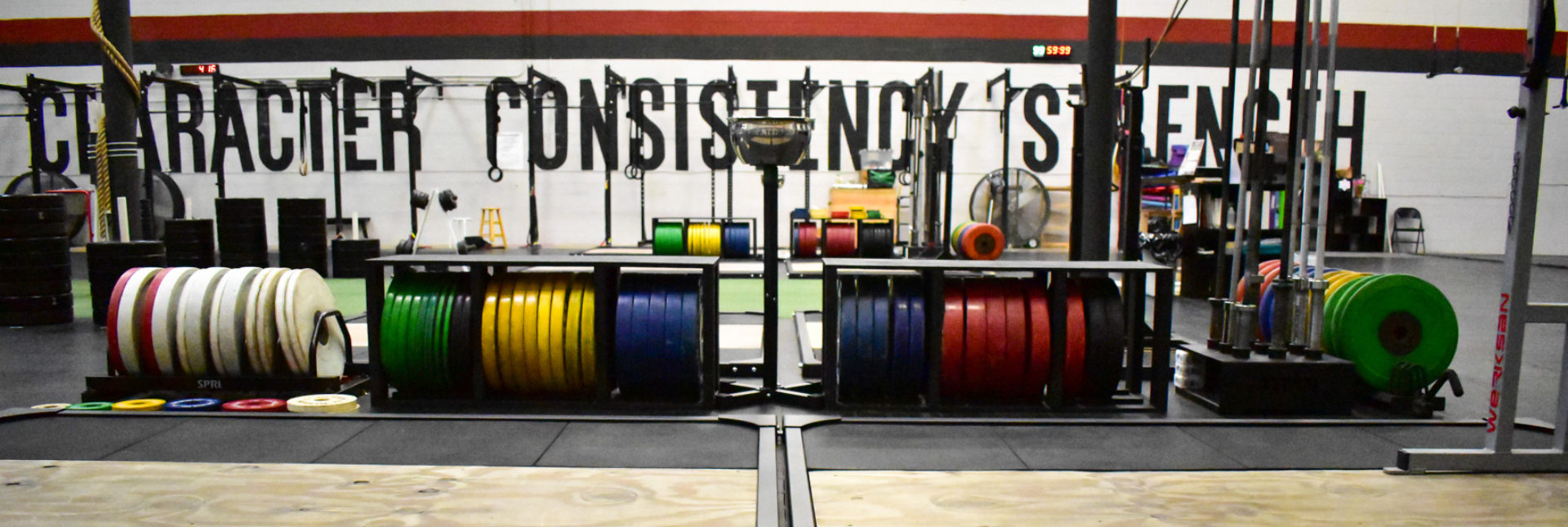Working out. Exercising. Training. To the average person, these words carry little, if any, significance. To an athlete or coach, these words are as different as black and white. One could argue that they’re just words, but these words mean much more than meets the eye.
So, what’s the difference? Let’s start with some official definitions.
Work out [verb] – to exercise in order to improve general endurance, strength, or appearance of your body
Exercise [verb] – bodily or mental exertion, especially for the sake of improving health
Train [verb] – the process by which an athlete prepares for competition through exercises, practice, etc.
By nature of their definitions, working out and exercising are generally one in the same. There is nothing wrong with just wanting to work out or exercise, but when we talk about the act of training, this is where things tend to get much more specific. How specific? Well, that all depends on what you are trying to achieve. Here are three things that might provide a little bit of insight into making your training as an athlete (or coaching) as effective as possible. (Contest: how many times can you use “as” in a single sentence?)
Create a goal or list of goals.
Duh, we’ve heard this before. This is a no brainer, right? But let’s take a moment to think…how many people do you know that ACTUALLY sit down and formulate a goal or list of goals? One major reason why people fail or become stagnant in their training is because they’re not actually working towards something tangible.
Goals don’t have to be super complicated. Take 15 minutes with no distractions, think about where you want your training to go, and decide on something measurable. “I want to get better at stuff,” is a great outlook if you want to work out or exercise rather than train like an athlete. Otherwise, come up with a goal that is specific along with a realistic timeframe to achieve it. “I want to increase my snatch by 5kg in 3 months.” Boom. Now we have something to point at and say, “Remember what you said X weeks ago? Do that.” This also gives you something to keep your focus on rather than competing on a metaphorical gameshow where you have to pick between door number one, two, or three while not knowing what’s behind any of them.
Center your training around the goals that you want to achieve.
When you set out to achieve something, it should take priority over anything else if you want to be successful. This goes for sports, careers, school work, or anything that you actually have to work toward. Again, this is why it’s called training. Ideally, you will be performing exercises that will prepare you for a specific task. So, let’s go back to that goal we set in the last paragraph: increase snatch by 5kg in 3 months. As you go through your training program, ask yourself, “How will [this thing that I’m doing right now] directly or indirectly contribute to what I am trying to accomplish?”
If you’re constantly making a habit of training for everything at once, you’re actually training for nothing in particular. The way we develop our training programs, or training cycles, for our weightlifting club is by taking the long view; not necessarily by doing the exercises that are fun right now, but rather doing the exercises and drills that actually serve a purpose towards the end goal. Each training cycle has a primary focus in mind and is usually accompanied by smaller secondary goals. These training cycles could be anywhere from 8 weeks long to a few months depending on competition schedule and some of these primary goals could include focusing on pulling strength, squatting strength, pressing strength, etc. Secondary goals could include speed development, improving consistency, or improving mobility/flexibility.
These primary goals such as pulling, squatting, and pressing can easily be measured. We all have a personal record when it comes to deadlift variations, squats, or overhead movements, so when those relative numbers begin to increase over time, the data tells us that the training is effective. The secondary goals listed above are more subjective, but this is why weightlifting coaches exist. Consistency can be measured over time, but only someone with a trained eye (and a relationship with the individual athlete) can recognize improvements in speed and mobility over time.
It sounds crazy and it sounds myopic, but the only way to become a master of something is to build your competency piece by piece. If your goal is to increase your snatch, how are you going to do that? If your goal is to learn double-unders for CrossFit, what’s your plan to learn and practice them? Every successful athlete will always have a plan of action. Take a baseball or softball pitcher for example; his/her primary goal might be to improve their curve ball. Do you think they would go to the driving range and work on their putting? No — because in the end, there is nothing random about training.
Significant effort is to be expected.
Training isn’t always going to be pretty. The best thing you can do is keep at it, remember why you love it, remember your GOALS, and ditch the excuses. Making mistakes along the way is part of the process, but how we deal with them is what makes us truly grow as either athlete or coach. Use them as learning experiences. Throughout all your weeks and months of hard work, keep a detailed training log — write down everything…nutrition, body weight, sleep, mood, etc. That way, when you look back on your path to greatness, you will hopefully find patterns surrounding both good and poor performances.
We all want to succeed, but always remember that your training is relative to you. Success is earned through hard work; it’s not handed to you and you can’t achieve it by searching for shortcuts or miracle supplements. Don’t compare yourselves to the Insta-Famous lifters or try to do what they do — we are all on our own separate paths to achievement. If you ever feel like you’ve lost your way, just ask yourself, “What exactly am I training for?”
Get started today with 813 Weightlifting at www.KeepPulling.com/LIFT or contact us below!


